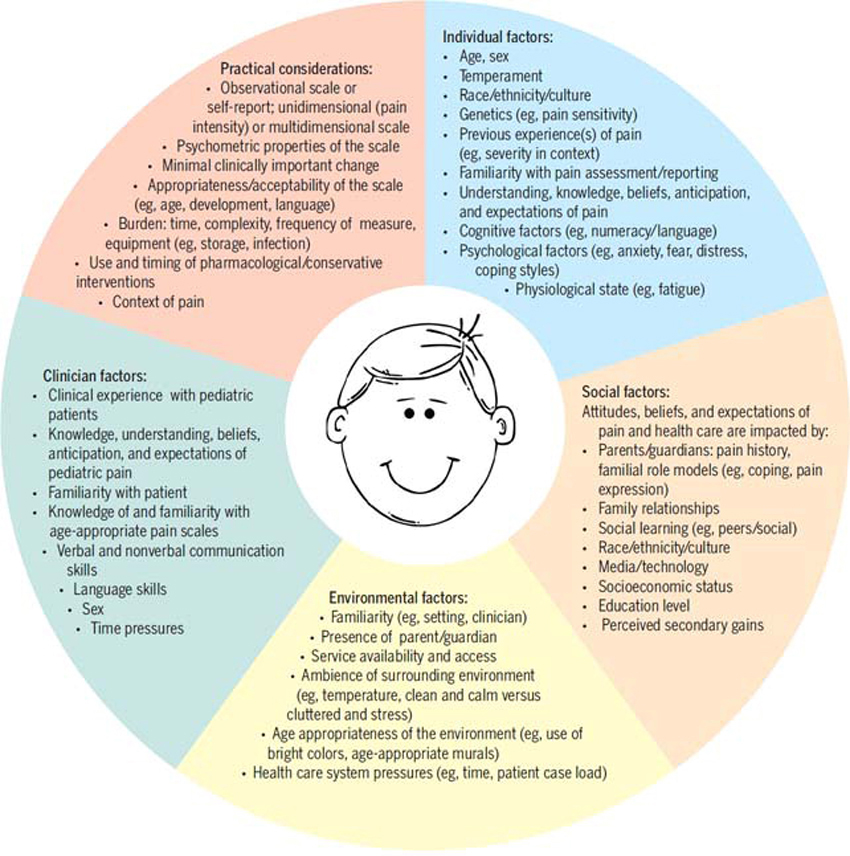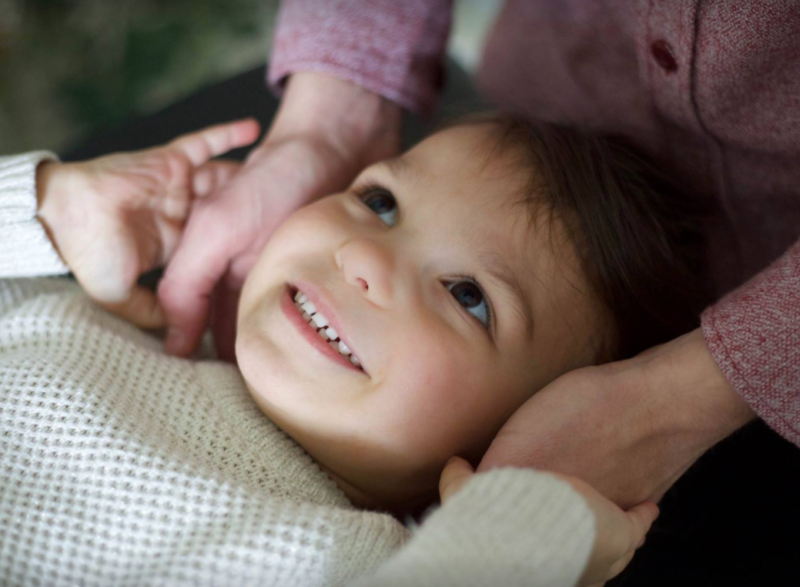Safety of Chiropractic Manual Therapy for Children: How Are We Doing?
J Clin Chiro Peds 2009 (Dec); 10 (2): 655–660 ~ FULL TEXT
Joyce Miller, BSc, DC, DABCO, PhD
Anglo European College of Chiropractic, Lead Tutor, MSc
Advanced Practice Chiropractic Pediatrics,
Bournemouth University.
Objectives: To assess the risk of adverse effects of chiropractic spinal manipulation in the pediatric population and to promote a culture of safety along with full reporting of adverse events in the chiropractic profession
Methods: Narrative review of all published reports of adverse effects of chiropractic pediatric spinal manipulation
Results: Adverse effects from chiropractic spinal manipulation are rare with 2 moderate and 4 severe events reported during a 59 year period with up to 30 million treatments estimated per year. Current reports show a very low rate (<1% in 8,290 treatments) of mild transient side effects lasting less than 24 hours.
There are more articles like this @ our:
Conclusion: Based on the published literature, chiropractic spinal manipulation, when performed by skilled chiropractors, provides very low risk of adverse effect to the pediatric patient. Vigilance to detect occult pathology as well as other steps to maintain safe practice are of utmost importance.
From the Full-Text Article:
Introduction
When a child is presented for health care, safety is presumed by the parent, the family, the health care profession and society. Safety is the bedrock upon which all health care is based. After all, the first rule is, “Do no harm.” I once overheard a chiropractor say, “We cannot help everyone, but we don’t harm anyone.” Was that naïve, short-sighted or accurate? Chiropractors who once were secure that their practice was safe, may be currently feeling exposed. Safety for all patients is under scrutiny and the pediatric population is particularly vulnerable because they cannot speak for themselves. Further, parents are equally vulnerable as they are emotionally involved and may not be able to regulate their own stress let alone that of their child and may have difficulty making decisions for their child.
The clinician must take responsibility for the safety of the child under treatment. Safety is a chief concern in all of pediatric health care. [1] For example, the safety of medications given to children is increasingly considered an important public health issue. [2] In fact, such common remedies as cough and cold medications for children are no longer routinely recommended because of negative side effects. [3] The National Patient Safety Agency in the UK has tracked safety incidents in pediatric patients and reported many concerns. [4] Reviewing 33,446 reports on pediatric care in 2006, 19% experienced medication problems as well as other breaches of safety including 14% procedure problems, 9% errors in documentation and 7% errors in clinical assessment among other incidents. Of particular concern was the rate of medication error in children (19%) versus that in adults (9%). [4] The use of medication in children is common with a recent report that the majority of US children <12 years of age use one or more medications weekly.
Read the rest of this Full Text article now!





Leave A Comment